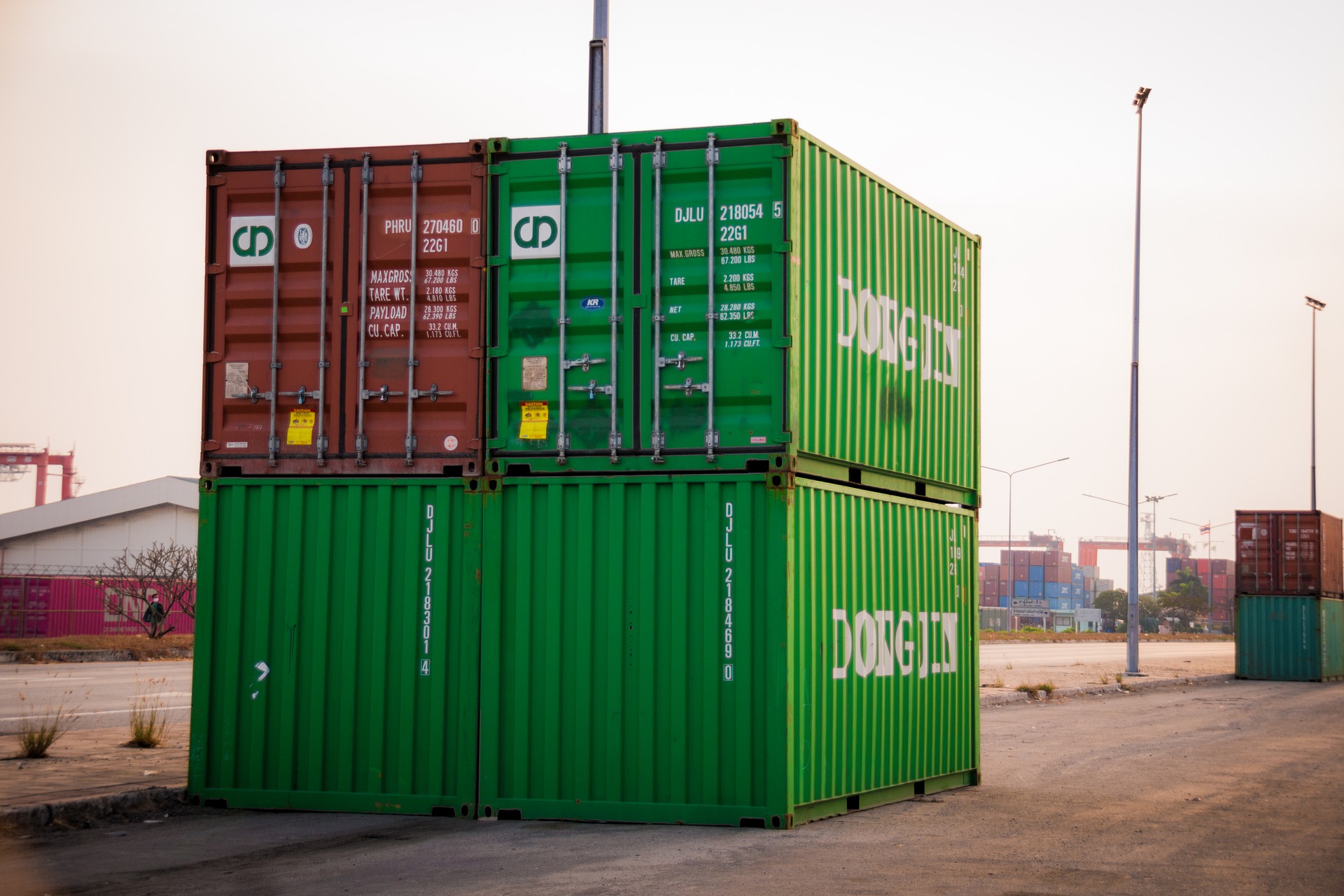Alongside these are other pickup and delivery options including accurate, real-time order tracking and other low-cost transportation options. This increased consumer expectation has put more pressure on shippers to increase their shipment frequency and technologies to meet demand.
As a freight shipper, it is important to have a flexible, dynamic approach to seamlessly handle both planned and unplanned shipments. You need an efficient less than truckload freight management strategy in your supply chain.
What is LTL and why is it important?
Less-than-truckload shipping (LTL) is the transportation of relatively small freight that does not require the entire space of a delivery truck. LTL freight accommodates the shipping needs of items between 150 and 15,000 pounds and is an alternative to parcel carriers or full truckload (TL) carriers.
LTL freight combines several different loads headed to the same general area to fill a truck or container. Not only does this make sense it is also more cost-effective than hiring an entire truck for one small load. Using a central dispatching system, shipping managers can track each load and ensure they get to their destinations.
These services are used by countless small and medium businesses that need to ship small batches of goods quickly. By leveraging LTL strategies, supply chain managers can successfully take on additional shipping pressures like increased shipping frequency while still remaining competitive.
The most obvious benefit of this system is economies of scale. Each shipper only pays for the space they occupy while the freight company maintains a steady stream of shipments. However, processing all of these different shipments may increase logistical complexities and you may need an LTL freight management solution to keep track of what goes where.
Thinking of including LTL freight management in your supply chain?
No matter the size of your operation, you stand to gain a lot from providing LTL freight services. Here are some factors to consider when incorporating LTL freight into your supply chain:
-
Leverage an LTL freight management solution
Rather than attempt to keep track of LTL shipments, you can optimize your supply chain using a transportation management system (TMS). TMS is a great solution to manage your LTL freight as a TMS provides greater shipment visibility at a lower cost.
Through utilizing a transportation management system, you can see the different ways shipments can be combined with other loads for maximum efficiency. Your TMS will examine every LTL load on the same route to fill up truckloads of freight based on shipping information. Most TMS’ will provide a cost breakdown per truck so you can view and select the best load combinations.
-
Work with freight consolidators
Having difficulty finding the LTL volume to fill your trucks? Not to worry, freight consolidators combine packages from many different shippers into one load, which is exactly what you need. There are hundreds of freight consolidation companies that can work with you to combine partial LTL loads to create full truckloads.
This will leave you free to concentrate on what you do best leading to greater efficiency and increased savings overall. In most cases, freight consolidation companies make use of consolidation centers which are huge warehouses where individual LTL orders are combined from different shippers and sent out within 24 hours.
-
Provide accurate shipment tracking
As an LTL carrier, it is important to provide accurate real-time tracking updates for pickup and deliveries. Your tracking report may also include stop-offs, delays, and more so you always know where your freight is at every step of the journey. This data will give you better insight into how to improve performance and efficiency across your supply chain.
-
Maintain an accurate database of shipments
Reduce the time spent tracking down missing shipments and replying to uncomfortable questions by accurately reporting information about your shipments. Mislabeled freight can cost your carrier time, resources, and money to track down or may lead to reduced efficiency, haphazard truckloads, and irate customers.
-
Align all the parties involved
When providing LTL freight services, it is important to align the expectations of all relevant stakeholders to ensure unity of purpose. Customers expect more from suppliers than ever before with stricter penalties for late deliveries and non-compliance. Communicate your transit schedules and delivery windows so the customer knows what to expect.
With the widespread popularity of e-commerce, LTL freight has become an important part of every shipping company’s supply chain. You can tap into this market by following the tips above for a more successful outcome.


